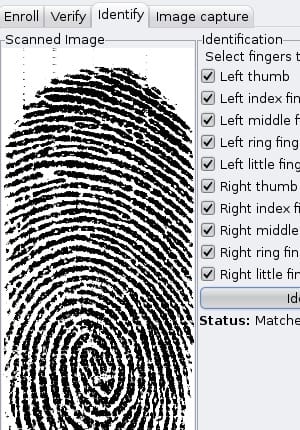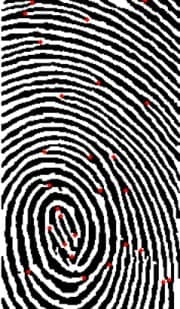Too much literature, too much music lately, now some technical to line up thoughts in my head. Fingerprint reader has been out for quite a long time, but has only come to my hand recently on this HP 6910p laptop. The machine has an AuthenTec AES2501 fingerprint sensor built in, and using it is quite straight – forward under Hardy Heron:
1. Install fprint-demo, libfprint-dev, libfprint0 and libpam-fprint from the ppa.launchpad.net/madman2k repo.
2. Use fprint_demo to enroll some fingers. Identification and verification is good for thumb and index fingers, but really bad for middle, ring and litte ones.
3. Configure pam module to make use of fprint, add the two lines: auth sufficient pam_fprint.so & auth required pam_unix.so nullok_secure to your /etc/pam.d/common-auth file. Remember to enable still password login since fprint is quite preliminary.
Now restart your machine and enjoy! At login prompt, you would need to enter username, then enroll a finger for authentication. If enrolling fails, normal password login would then be applied. In KDE, screen-locking and gksudo work seemlessly with fprint.
I observe for a while the fingers’ scanned images, to find out how they did all the identification and verification tasks. It’s quite clear that they are using some control points (called minutiae). You can see red dots in the image on the left (binarized from raw scanned image): they are either end points or branching points (point at which vein separates into more veins). They don’t need to match all veins of fingerprints, they only need to do some pattern – matching on the set of minutiae. Given two sets of minutiae, some Cartesian measures on points’ position may be enough for matching two fingerprints.
This machine, HP 6910p, is designed for medium performance, but for advanced security: the machine has TMP chip inside, with a smart card slot, and a fingerprint sensor. That would be quite sufficient to protect your privacy.


